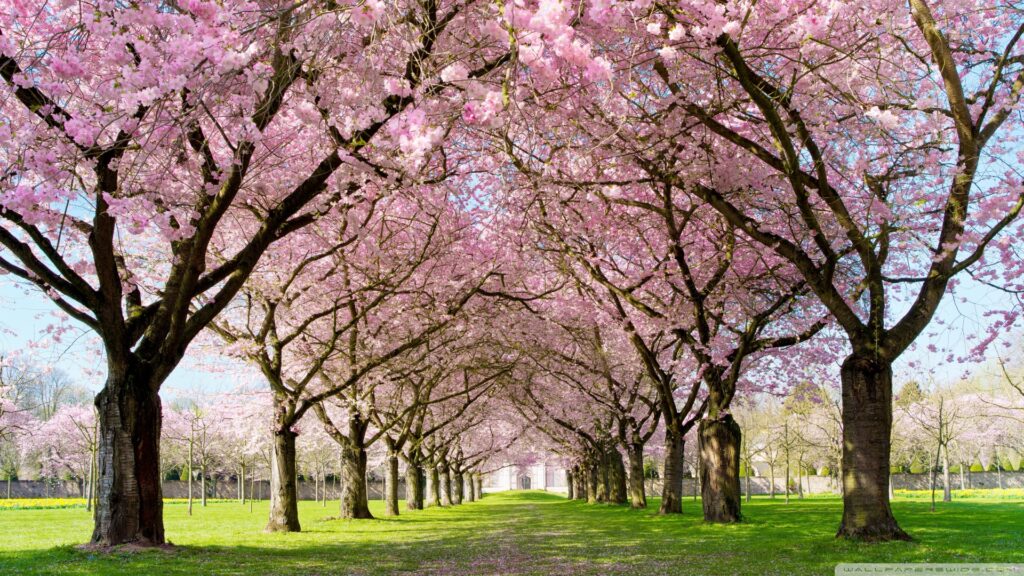
It’s early March on the Delmarva Peninsula. Some trees are starting to bud; others look as dead as a granite countertop. The pink cherry blossoms are full. The white ones will follow in a couple of weeks. The oak, spruce, and birch trees don’t have any visible buds. The pines are green, while the oaks resemble an Edward Gorey drawing. But it will be summer in three months, and all these trees will be lush green.
I am okay with the cherry trees being full of flowers, while the birch trees look like someone replaced them with a roll of deteriorating parchment paper. I feel no compulsion to move every flowerless tree into a greenhouse where I can monitor its progress and provide a prescribed mix of temperature, light, fertilizer, and water daily. The oaks do not need air conditioning, grow lights, or drip irrigation to germinate like the pink cherries. They just need time.
It’s early March in the Delmarva classroom. A few students are ready for what is next; some of their friends need a little more time. Some students have not seemed to crack the mathematical code yet. But it will be summer soon, and like the trees around them, all these students will reach their full potential.
I say that calmly, but I feel compelled to triage students in early spring. Is that just me? We have to worry about state tests, placement exams, pass rates, etc. School administrators press us to say, “This group is thriving. That group is not.” They hold serious-sounding data meetings and demand action. “This group is not showing progress! We must move these students to carefully constructed teams, assign peer tutors in class, arrange pull-out tutoring, quiz them regularly, and ensure they get plenty of practice on IXL, ALEKS, or DeltaMath!” But students do not need a greenhouse to grow.
This is the hopeful message of spring. Students, like trees, bloom at different times, but they all bloom. Summer is coming.

Dan Henderson
Millington, MD, DanielHenderson@cpm.org
